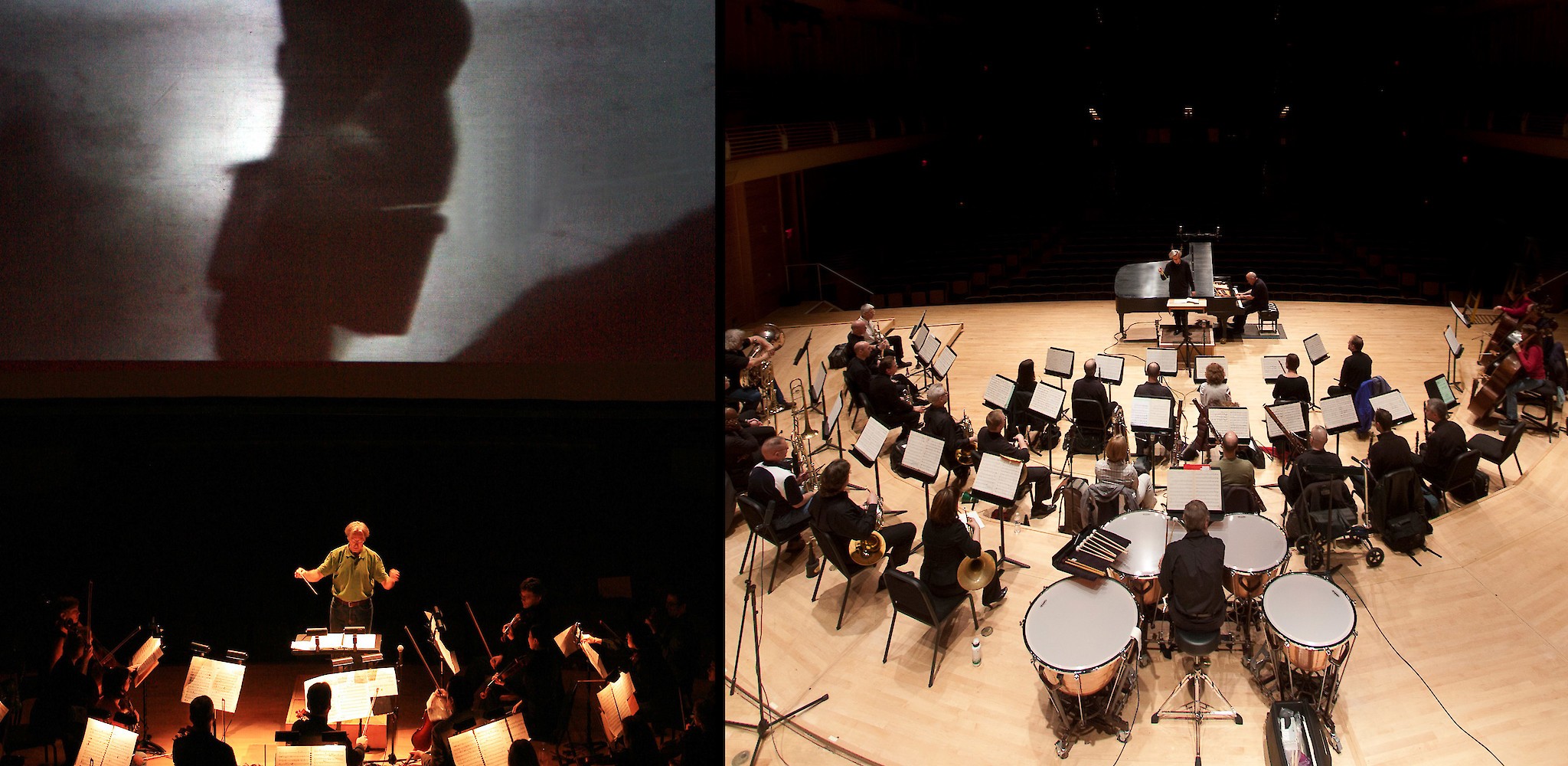PostClassical Ensemble Hosts Indonesia Gamelan Experience at Washington Cathedral
Note: Since this article is no longer available online, we are reprinting it here.
The gamelan, a traditional music ensemble made up primarily of percussive instruments, has been described as the non-Western musical genre that has most influenced Western classical music.
“The gamelan is layered music and those layers move at different speeds,” said PostClassical Ensemble Executive Director Joe Horowitz.
“All Western music is based on a trajectory of tension and release. At the end of a piece there is a point of resolution and prior to that is a point of tension,” Horowitz continued. “This does not happen in Indonesian music.” Indonesian music has a steady state and is more soothing, sublime and serene, Horowitz noted.
Horowitz said the cultural performance will be unlike any other concert. Audiences will be listening to metallophones, xylophones, gongs and voices, in addition to bowed and plucked strings — all at the same time.
PostClassical Ensemble Music Director Angel Gil-Ordóñez is most excited about the placement of the orchestra in the heart of the Washington National Cathedral. The immersive concert will transform the cathedral using dancers, archival films and more, with gamelan and accompanying musicians assembled in the middle of the nave and the audience seated around it for a 360-degree viewing experience. “The experience changes completely and is more intimate,” Gil-Ordóñez said. During intermission, audiences will be able see the gamelan up close and check out casual demonstrations by the musicians. “We are constantly surprising our audiences,” Gil-Ordóñez said. “We tell stories. This is an extraordinary experience.”
PostClassical Ensemble is itself rather extraordinary. The experimental orchestral laboratory has been creating immersive musical experiences since its inception in 2003. It often integrates theater, dance or film to contextualize and revitalize classical music. In late 2017, PostClassical was named the ensemble-in-residence at the Washington National Cathedral, further elevating the group’s profile (also see “PostClassical Becomes Ensemble-in-Residence at Washington National Cathedral” in the January 2018 issue of The Washington Diplomat).
Past PostClassical performances have focused on a diverse range of musical styles that often fly under the radar, including works by Mexican composer Silvestre Revueltas, Russian composer Dmitri Shostakovich and American composer Lou Harrison, who often incorporated Javanese-style gamelan instruments into his music.
The Jan. 23 concert surveys gamelan’s influence on classical music across 120 years, beginning with the 1889 Paris Exposition, where Claude Debussy first experienced the allure of Indonesian music and dance — an introduction that transformed Western music via Debussy and countless other composers.
The program will begin with a Javanese gamelan and dance called “Pagodas” by Debussy and then segue way into a Balinese gamelan, complete with a ceremonial dance and sonata. Following an intermission, audiences will see a Lou Harrison Suite for Piano and Orchestra as well as a piano concerto.
Horowitz noted that PostClassical Ensemble has been a longtime partner of the Indonesian Embassy. “This is a culmination of six years of programming,” he said. “In the past we’ve never had two gamelans and a full orchestra.”
Horowitz calls current Indonesian Ambassador Budi Bowoleksono a great music lover and tremendous supporter. Gil-Ordóñez added that music is an extraordinary outlet for cultural diplomacy.
PostClassical’s next season will continue the group’s mission of exploring different cultures, including America’s own traditions, through innovative performances.
In addition to an “Armenian Odyssey” concert at its annual gala in February, PostClassical will celebrate American poet Walt Whitman’s 200th birthday in May. For now, though, Horowitz will continue putting the finishing touches on the gamelan concert, calling it “an enormously complicated endeavor to get everything functioning.”

